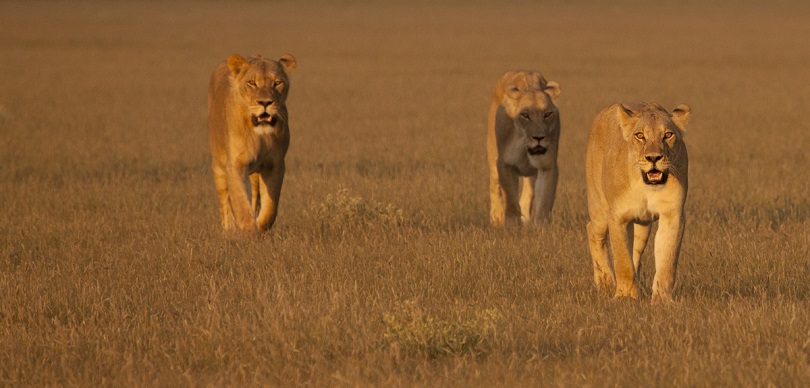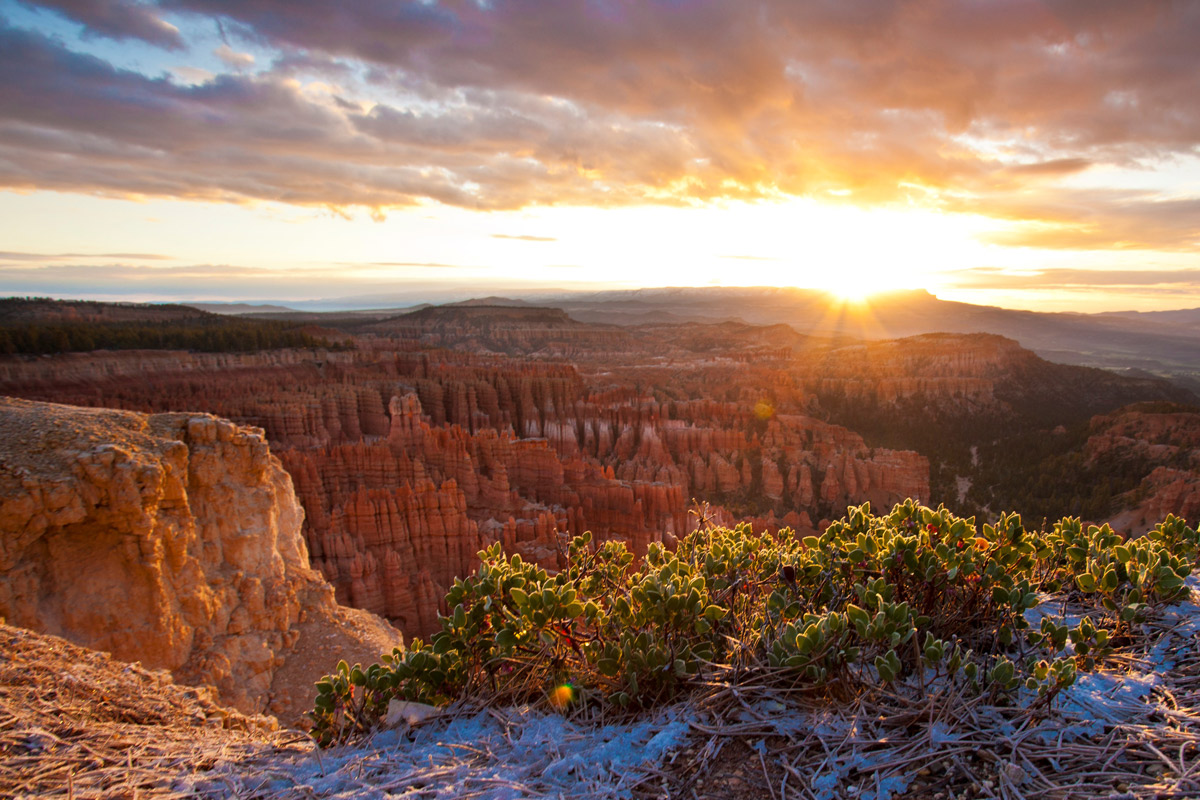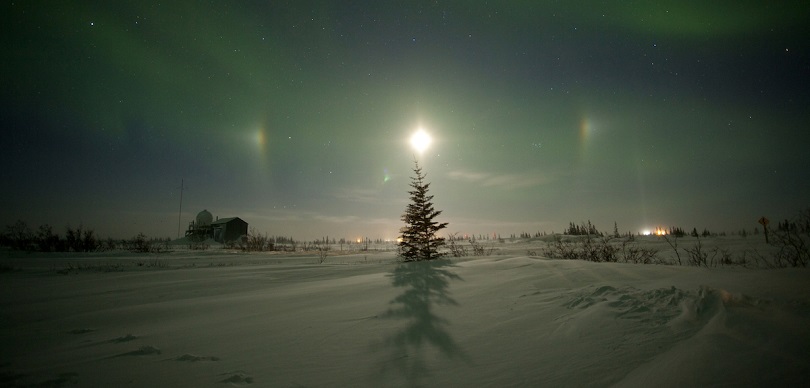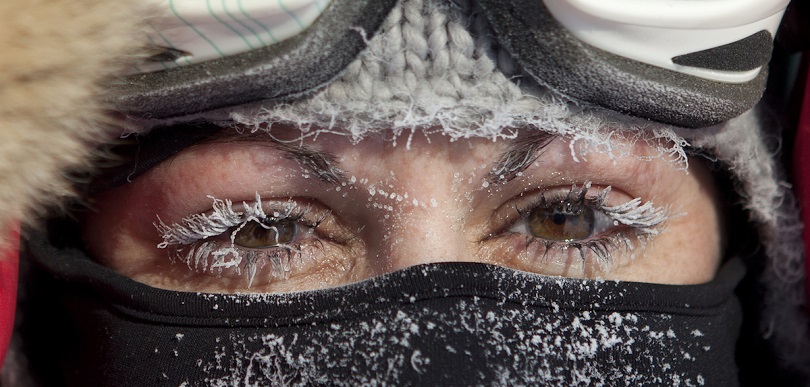
HDR Photography
If you’ve spent any time around highly technical photographers, or read landscape photo magazines, or been on a dedicated photo trip, you’ve probably come across the term “HDR” photography. HDR stands for “High Dynamic Range” and is a clever way to deal with challenging lighting conditions (i.e., lots of shadows, highlights, midtones, etc.).
For what is a somewhat complicated-sounding term, it’s a pretty simple concept in practice. Basically, when engaging “HDR mode”, your camera takes three identical photos of the same scene, each with different exposures – one too dark, one too light, and one just right (the Goldilocks of photography, I suppose you could say!). Generally, this is referred to as “bracketing”, and your camera underexposes a shot by -1, then overexposes a shot at +1, and then takes an even shot at 0.
If these numbers and terms don’t mean much to you, you may wish to check out our Exposure page to learn more about your camera’s exposure settings.
Once your camera takes these photos, the magic begins. In newer, fancier cameras, there is internal software that merges these three photos together and churns out a final, processed image that you can observe right away. However, most cameras cannot do this internally and require you to download the photos first, and then use a program like Photoshop or Photomatix software on your computer. Usually these programs give you far more flexibility and produce a better result, but the downside is that you have to wait until you can spend some time on the computer to enjoy the fruits of your labor.
The basic gist is that HDR photography automatically takes bits and pieces of all lighting levels to produce a photo that is very evenly lit. Some believe this is more like what your eye actually sees – with a higher dynamic range than just a single shot.
Peoples’ reactions to HDR photographs often vary considerably. Some people view them as incredibly beautiful, for they show iconic scenes with near perfect lighting and captivating luminescence. However, sometimes people look at them as a bit “too digital”, almost as if it’s a video game image…just a bit too “altered.” To me, I feel that these polar reactions often have to do with how HDR photos are processed, and how much discretion the artist uses when processing them. See, all photo programs have numerous settings and sliders that let you increase the intensity of the “HDR effect”, just as if you’re editing a photo for saturation, contrast, sharpness, etc. In other words, HDR editing can be overdone.
At the end of the day, I do recommend that you at least learn about HDR photography, because it really is a thing, and in certain cases it can produce show stopping photos. If you try it and don’t like it, well, you are still a more versed photographer for knowing this widely-followed technique.
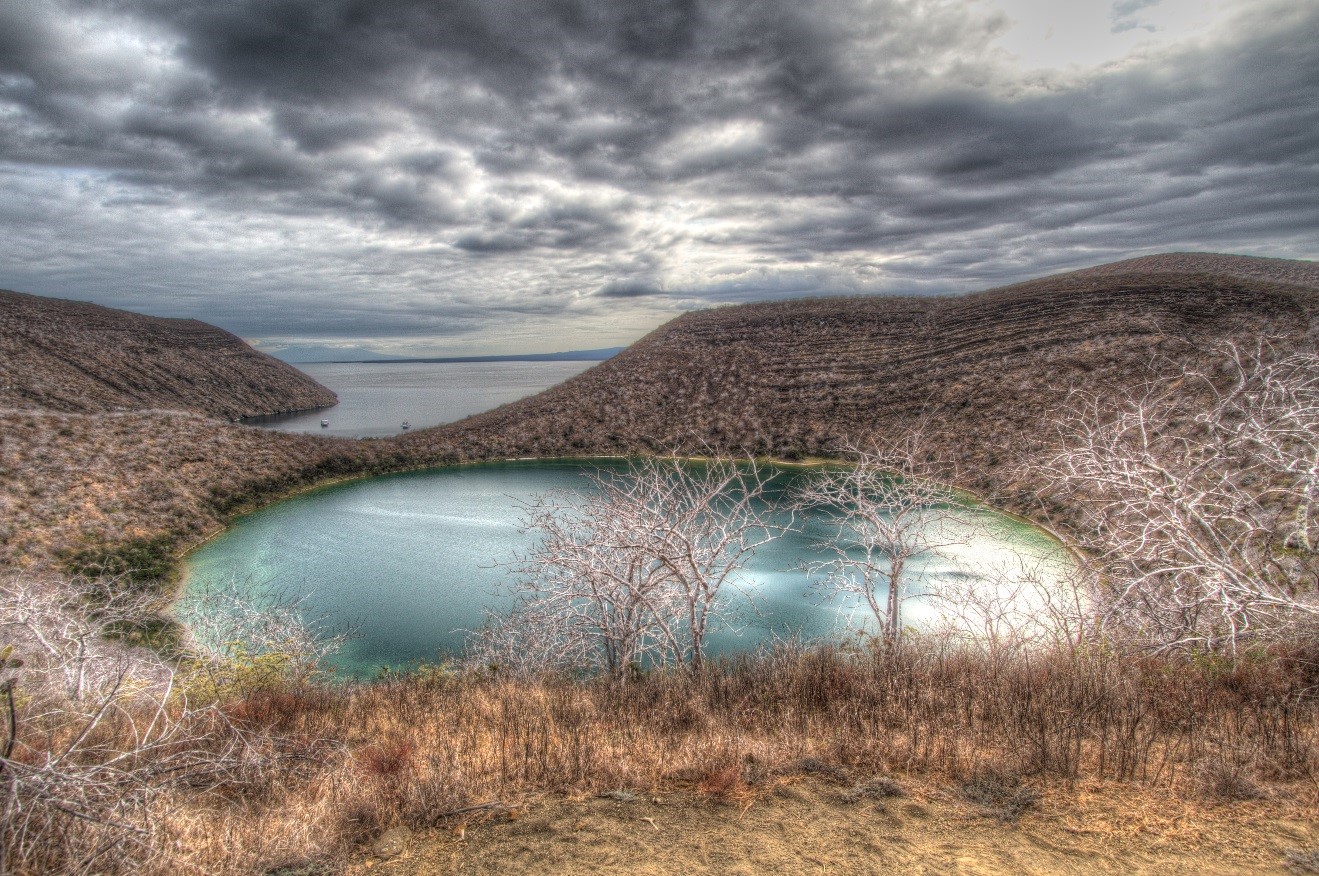
Above, a silvery shot of Darwin’s Bay in the Galapagos Islands is a nice subject for HDR, especially with the textures in the clouds.
Steps for taking HDR photographs
1) Set your camera to a -1, 0, +1 bracketing mode.
Fortunately, most cameras are capable of bracketing photos, as it’s just an automated way of taking three photos in somewhat quick succession. However, because all cameras have different manufacturers and menu settings, you should consult your camera’s manual to find out how to do this. Simply search for the term “exposure bracketing” and set it to -1, 0, +1 setting.
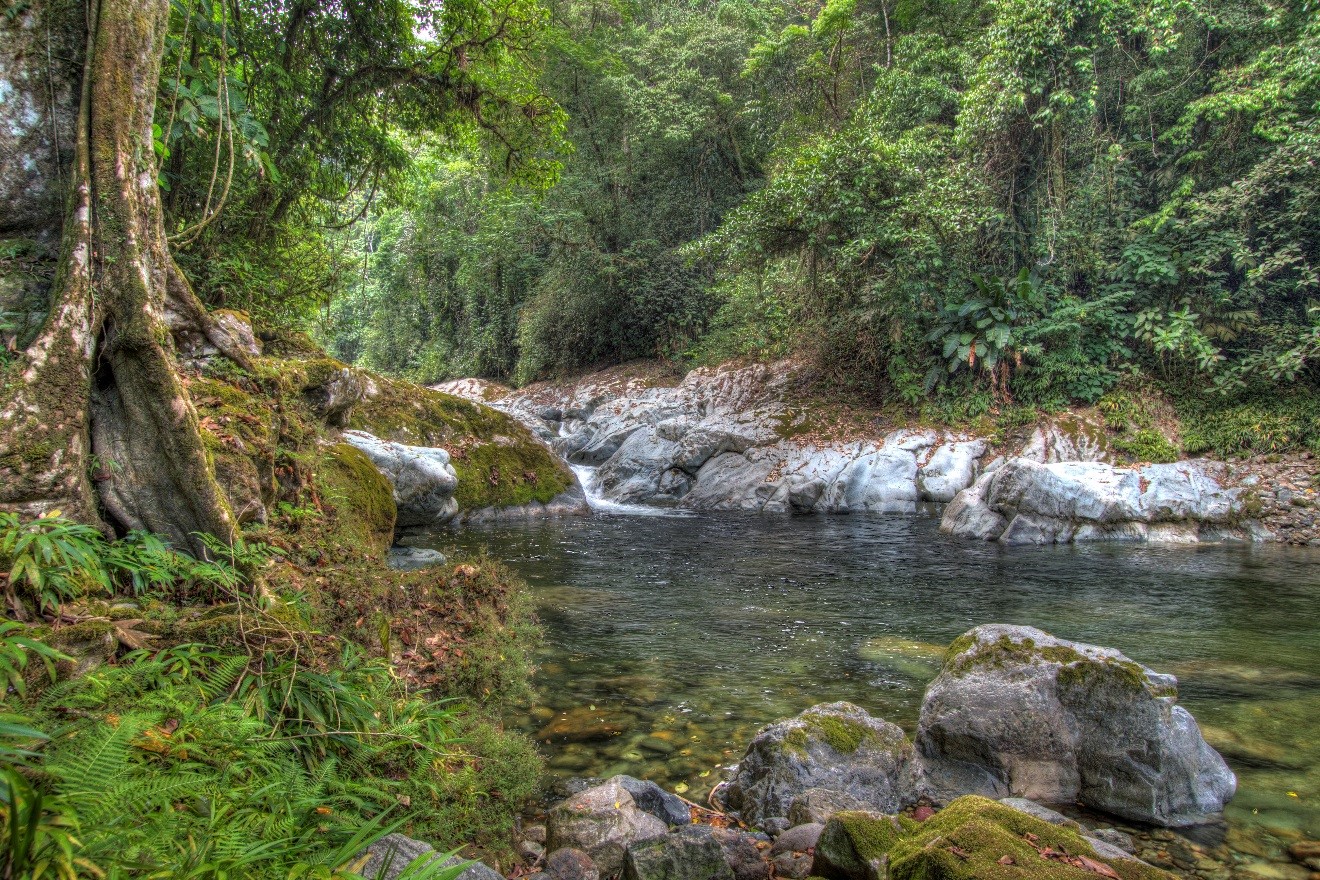
Above, the shaded Mermaid Falls in Honduras is a great choice for experimenting with HDR. With even lighting, you can let the HDR software do the work to even out the subtle shadows created by all the jungle foliage.
2) Get your camera on a tripod
Because you are merging three photos into one, it’s imperative that the camera not move even a fraction of an inch between physically shooting these three photos. Otherwise, you’ll get a weird “ghosting” effect, where plants, or rocks, or trees have moved, leaving only a ghostly image in their place.
3) Look for the right scene
This is really the most crucial step, in my opinion, as not all scenes lend themselves to great HDR photography. While HDR is intended to help with scenes that have really dark shadows and/or bright highlights, it isn’t a panacea for plain old bad lighting. The best even lighting still produces the best HDR photographs, so make sure that you photograph early in the day, late in the evening, in the shade, or during cloudy intervals so that you don’t have harsh shadows sweeping across your scene.

Above, the boardwalk of this jungle lodge makes for a unique travel photo. In addition, the nice soft lighting allows HDR effects to be subtle.
4) Go ultra-wide
Much like I advise with night photography, go extra wide with your shot. That is, try and incorporate as much of the scene as possible, so you can afford to crop it later. Sometimes clouds produce incredible HDR effects, and sometimes they don’t. Best to include them, with the later option to crop them out if you’d rather minimize their emphasis in your photo.
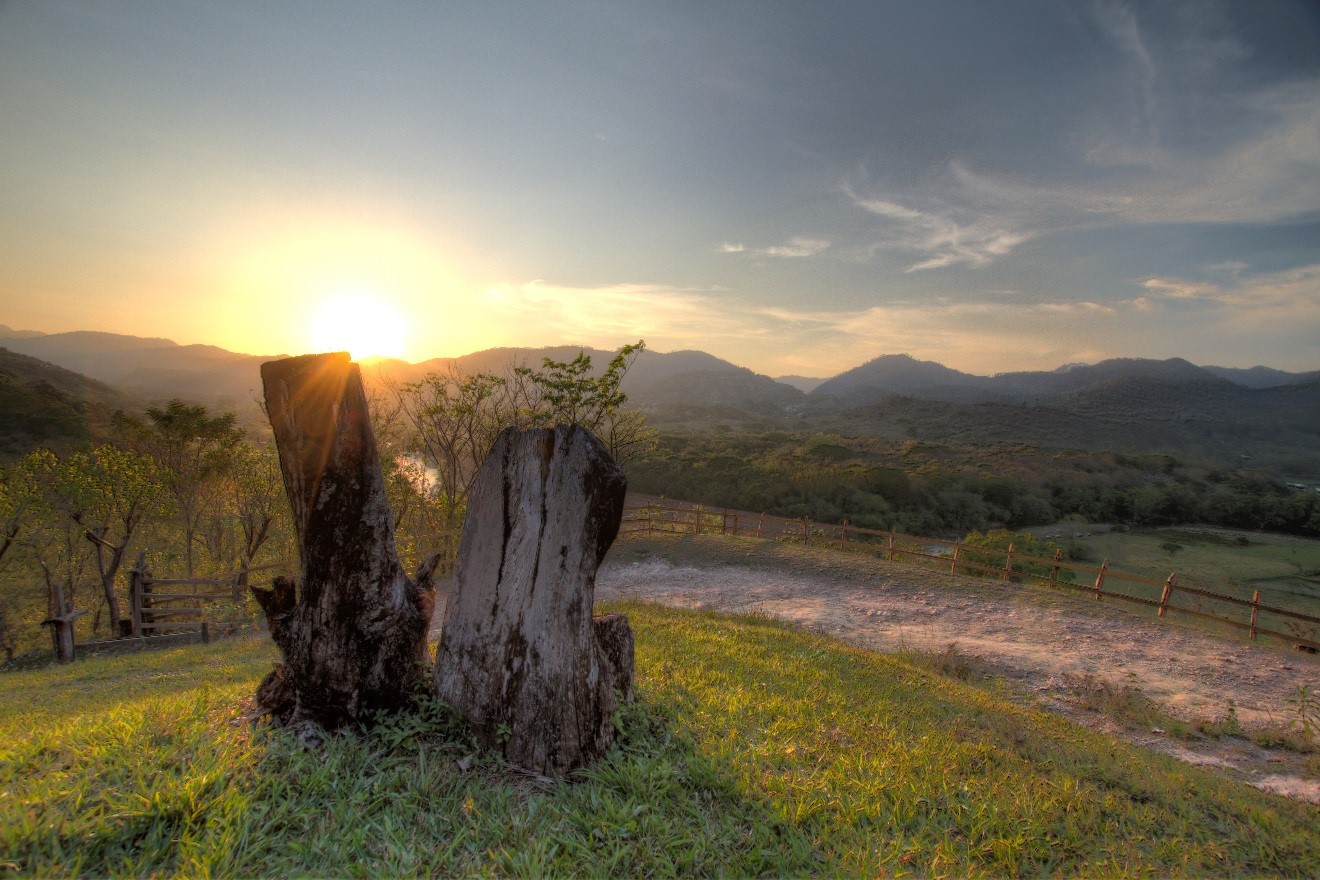
Sunsets and sunrises make for potentially interesting HDR opportunities. Because lighting is almost always mixed at these times of day, using HDR processing can help illuminate dim foregrounds and temper the overly-bright sky.
5) Get an HDR program and experiment!
Chances are, if you’ve paid for a photo processing program, like photoshop, lightroom, or similar, it comes with an HDR editor. Some versions are easier than others, and they actually use different algorithms so the quality can differ, too. And last but not least, the amount of “customization” that different HDR programs offer varies as well. Thus, if you are ready to jump head first into this, you may wish to research some of the programs out there. However, if you’re like most, and want to try this out before you go full steam ahead, HDR Efex Pro is a free program from Google that is in fact the best of all worlds. It’s comprehensive, free, and pretty darn good.
And the unofficial step #6 is to get out and go practice with this. It definitely takes some getting used to, especially on the computer end of things. But equally important is the setup of the photo. The more you try, the better your results will be.
Recap
- Be sure to use a tripod for best results, as the three photos you take need to be identical in framing
- Try both in-camera HDR processing as well as computer post processing to understand the range of effects you can create
- Use HDR techniques judiciously. Even the most well thought out HDR shots will oftehn have “that look” of HDR. In some cases it turns an otherwise dull photo into something truly magical, but in other cases it can be a little surreal
- With practice, you’ll begin to train your photographic eye to identify the best opportunities for HDR. These generally include scenes with medium contrast (soft shade and clouded sun) opposed to intensely high contrast (full sun and full shade).
